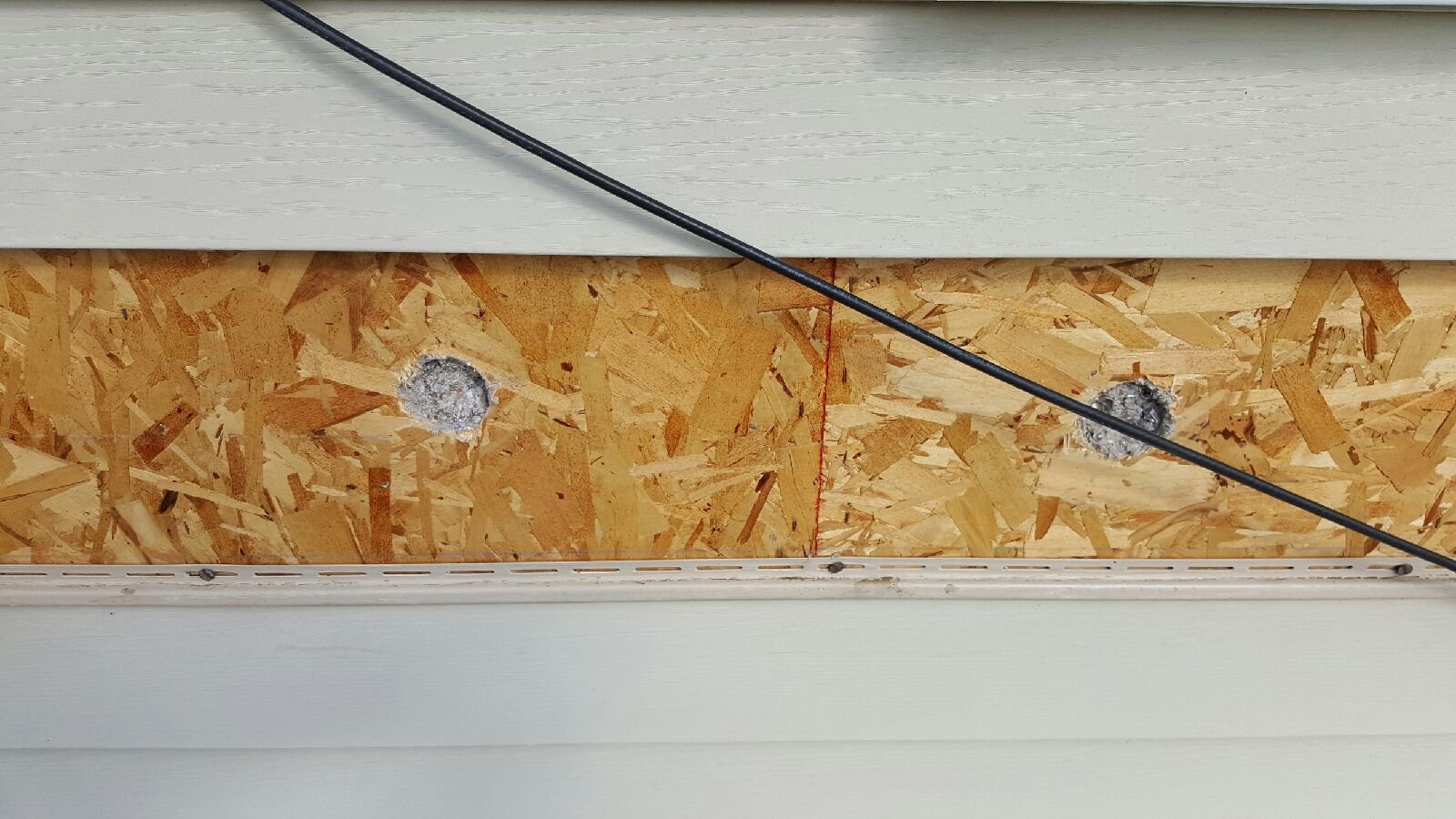
Insulation FAQ
Below are answers to frequently asked questions about insulation. Have a different question? Contact Us.
-
Each type of insulation has its inherent pros and cons and each is best suited for certain applications. That is why at Spink we do NOT specialize in only one type of insulation, but rather offer our customers options, taking the time to thoroughly explain the pros and cons of each insulation type and the applications that each is best suited for.
-
Insulation is not just for attics and outside walls. Insulation should also be installed in other areas of your home such as ceilings with unheated spaces, basement walls, floors above vented crawl spaces, cathedral ceilings, floors over unheated garages or porches, knee walls, in between interior walls (especially bathrooms), and ceilings or floors for extra sound control.
-
Yes and no. While insulating certain areas will provide you with long term energy savings, in order to fully realize the energy savings, one should properly insulate their entire home.
-
Insulation is identified and labeled by its R-value. "R" stands for resistance to heat flow; therefore, the higher the R-value, the greater the insulating power.
-
Different insulation products have different R-values so be sure to read the packaging carefully. Additionally, the R-Value of your insulation can decrease over time as the product ages or settles.
To determine the R-Value of your current insulation, please contact us at (800) 464-3307.
-
Different areas of the country have different recommended R-values for insulation based on your geographic location and its corresponding climate. Subsequently, colder northern climates will have higher required R-Values than warmer tropical locales.
The amount of insulation needed is dependent on your home’s climate and the type of insulation being used. Consult a professional insulation contractor to determine the necessary R-Values needed for your location.
-
Retrofit insulation is simply an industry term for the upgrade of an existing home’s insulation.
-
No. During a retrofit, we start by removing small sections of siding, where we will drill small holes into the wall sheeting of your home. From there, we insert a small hose into the drilled holes that reaches to the top and bottom of the wall cavity, resulting in a dense, tight, well insulated cavity with no air infiltration.
Once filled, we re-install the siding. No unsightly plugs.
-
The Michigan Uniform Energy Code (MUEC) was adopted by the State of Michigan in 2003 and covers all residential and commercial constructions. The code requires that all new constructions meet minimum energy efficiencies.
Revised in 2008, the MUEC now requires more stringent minimum requirements for new residential constructions. Compliance with the MUEC varies depending on the climate zone of the construction.
-
A good source for energy saving tips is the Federal ENERGY STAR program website from the US Government, www.energystar.gov.
-
Not necessarily. Adding additional insulation can have a cumulative impact on the overall R-value. A professional insulation contractor will be able to determine if the existing insulation can provide any cumulative effect.
-
Yes. Certain insulation types are more eco-friendly than others. For example, the Nu-Wool Cellulose insulation we use at Spink is made from 100% recycled paper.
For more information on our Eco-Friendly Insulation, please visit our Green Insulation Options page.
-
Yes. Warm air inside your home can leak into the attic, warming the underside of your roof, causing snow and ice to melt and then refreeze as it runs off your roof.
This is what will then form Icicles and Ice Dams. Though poor insulation may be the root cause of the icicles, ventilation can also play a part.
